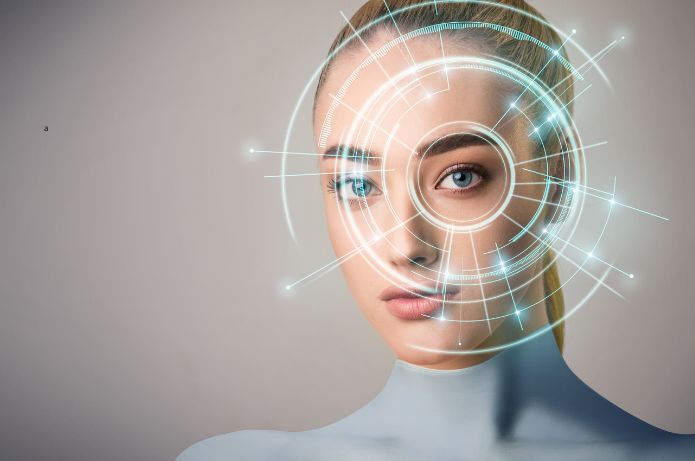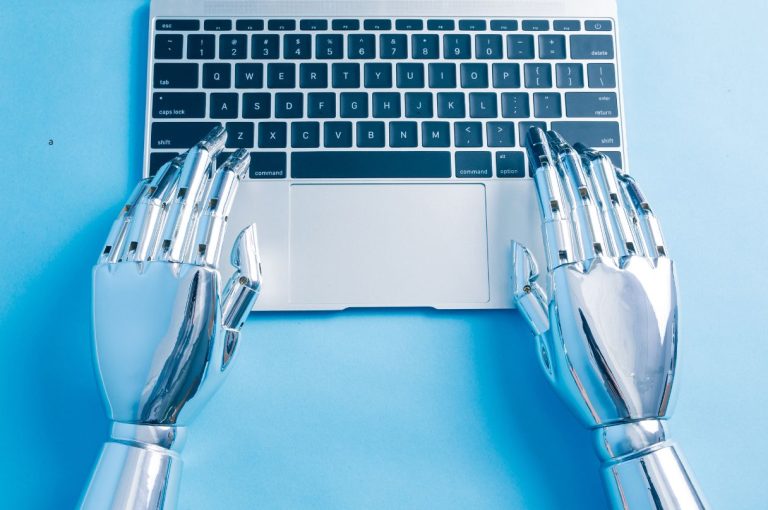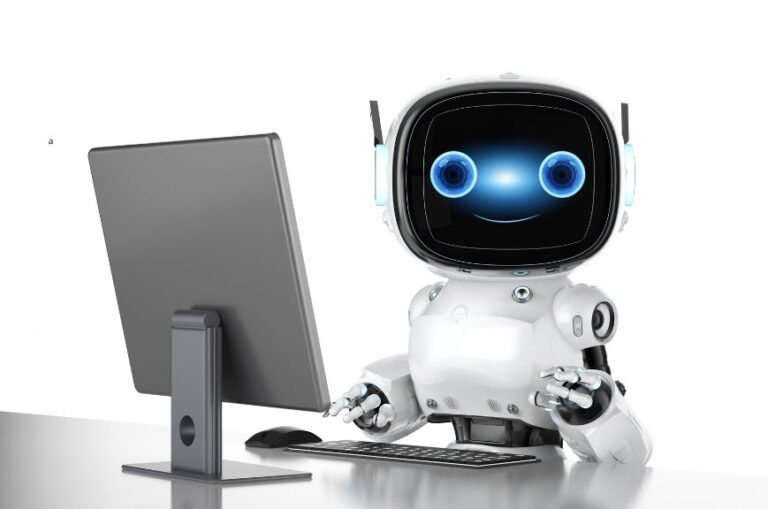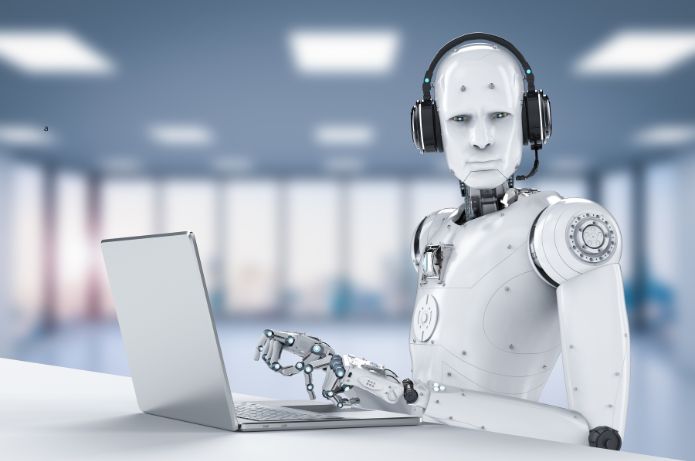In recent years, we have witnessed a revolution in the technological market, driven by Artificial Intelligence tools, especially Language Models (LLMs). These systems, capable of understanding and generating texts with increasing precision, have been acclaimed as the new frontier of innovation, promising to transform the way we work, communicate and even think. However, amidst enthusiasm, it is key that we do not lose sight of the true potential of these tools: they do not exist to create or decide in our place, but rather to serve as a catalyst for human creativity.
But what is a catalyst? In chemistry, a catalyst is a substance that accelerates a reaction without being consumed by it. It does not create the reaction, nor does it alter it, it simply makes it faster and more efficient, helping the reactants to achieve the desired result with less effort and in less time. Bringing this concept to the field of technology and creativity, we can affirm that LLMs play a similar role. They are not the source of creativity, but rather tools that enhance and accelerate the human creative process.
A New Horizon for Creativity
Imagine that a company needs to create a successful marketing campaign.Much beyond data and algorithms, a human touch, a deep understanding of the cultural, emotional and psychological nuances of the target audience is needed.This is where LLMs come in as catalysts: by providing quick insights, generating text sketches and suggesting ideas, they free up the time and energy of professionals so that they can focus on what really matters 'making something unique and meaningful.
In addition, LLMs allow creative teams to explore a wider range of ideas in a short time. They function as a continuous brainstorming, offering suggestions that, although they may not be perfect, serve as stepping stones for the development of more refined concepts. This refinement process, in turn, depends entirely on human vision and judgment, which filter, adjust and enhance AI-generated ideas until they become viable and innovative solutions.
Challenges and Responsibilities
While the potential of LLMs as catalysts for creativity is undeniable, there are significant challenges that need to be addressed. One of the key is to ensure that reliance on these tools does not lead to creative complacency. It is crucial that practitioners maintain a keen critical sense and continue to question and challenge the suggestions generated by AI. Otherwise, we risk standardizing our solutions and stifling genuine innovation.
Another challenge lies in ethics and responsibility.LMs are fed by large volumes of data, which do not always reflect the diversity and complexity of human experience. This means that without proper supervision, these tools can perpetuate biases and reinforce harmful stereotypes. Therefore, it is essential that LLM creators and users commit to training these systems in an ethical manner, ensuring that they contribute to inclusive and responsible creativity.
LLMs are not the engine that drives innovation, but the gear that helps keep that engine running at high speed. The real value of these tools lies in their ability to accelerate what is already organically ready to occur. Human creativity, with all its complexity and subtlety, remains the core of the process, and LLMs, by catalyzing this process, allow us to reach new heights of innovation and excellence.
A Future Perspective
AI platforms are not substitutes for the human mind, but powerful allies that empower our ability to create, innovate and solve problems. They allow us to go beyond the obvious, exploring possibilities that we may not have considered before, but always from a human base. Ultimately, the true value of LLMs lies not in their ability to generate texts or make decisions, but in how they help us unlock our own creative potential.
As we incorporate more AI into our daily work, it is vital to maintain this perspective.We must recognize technological achievements and make the most of the tools we have at our disposal, but always with the awareness that creativity, innovation and the ability to think critically are uniquely human skills.LMs can accelerate and amplify these skills, but they will never replace them. Instead of seeing AI as an end in itself, we must view it as a means to reach a new level of achievement and creative expression.
The Connection Between Technology and Humanity
The combination of inspiration, knowledge and human intuition that LLMs catalyze allows us to achieve incredible results faster. But remember: despite all technology, human intuition is still irreplacable. However advanced the AI tools may be, they still depend on the human touch to achieve true creative brilliance. The ability to perceive nuances, interpret emotions and adapt to ever-changing contexts is something that, so far, only humans possess. Thus, while LLMs can be seen as valuable partners, true creative power lies in our ability to use them consciously and deliberately, always keeping in mind that we are, human creations.
The Importance of Education and Continuous Development
To maximize the potential of LLMs as catalysts for creativity, it is crucial for companies and professionals to invest in education and continuous development. Technological skills need to be complemented by a solid foundation in critical thinking, problem solving and ethics.This is the only way we can ensure that AI tools are used in a way that truly drives creativity and innovation, rather than limiting them.
In addition, as LLMs evolve and become more sophisticated, it will become increasingly important for professionals to stay up to date on the latest trends and developments.This will not only allow them to make the most of new technologies, but also empower them to deal with the ethical challenges and dilemmas that will inevitably arise.
We are just at the beginning of our journey with LLMs and other forms of AI. As these technologies continue to evolve, we will have the opportunity to explore new horizons of creativity and innovation.However, it is essential that we maintain a balanced approach, recognizing both the opportunities and challenges that these tools bring.
By using LLMs as catalysts for creativity, we can pave the way for a future where technology and humanity work together in harmony, creating solutions that are not only efficient but also deeply meaningful and impactful.











